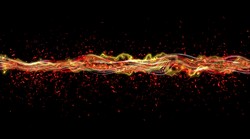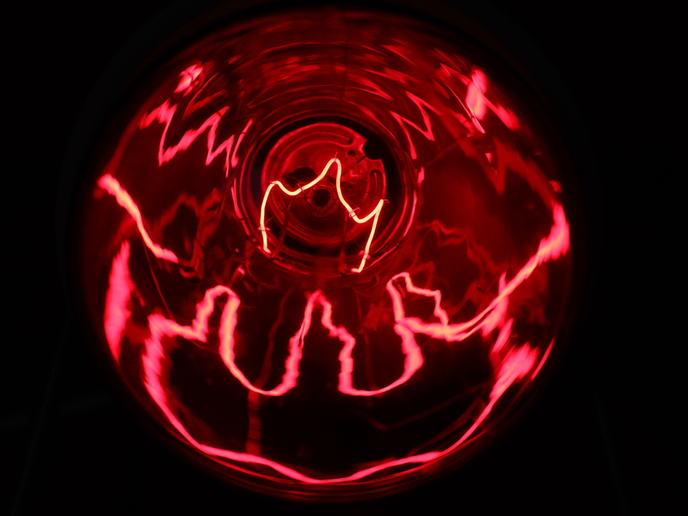Bright ion beams from cold atoms
Laser cooling and trapping have revolutionised atomic physics, opening the way, amongst others, to new types of matter. Progress in this field has been reflected in the two Nobel prizes awarded in 1997 and 2001 for ultracold plasma and Bose-Einstein condensates, respectively. The key factor driving this progress has been the ability to produce extremely cold atoms and control their behaviour at room temperature. Laser cooling can significantly reduce the speed of atoms whizzing around. The EU-funded project COLDBEAMS (Ultra-cold gas for the production of a bright electron and monochromatic ion source) brought together researchers from different fields of competence: fabrication of focused ion beams, and laser cooling and manipulation of neutral atoms. Their aim was to develop new electron and ion sources based on laser-cooled atoms. Researchers used laser-cooled atoms to produce high-brightness focused beams of ions. Laser cooling and trapping can also benefit areas other than atomic physics, including nanoscale science where focused ion beams can be used to prepare samples for electron microscopy and to study material surfaces. The result was the development of a bright collimated beam of caesium atoms that were cooled and trapped by a magneto-optical trap. This newly developed system successfully demonstrates the use of cold atoms for focused ion beams incorporated in both ion and electron beams, and for imaging and milling applications. COLDBEAMS also demonstrated the ability to produce ion bunches with a predefined amount of charge and controlled dynamical properties. Preliminary results were published in Physical Review A in a paper titled ‘High-flux monochromatic ion and electron beams based on laser-cooled atoms’. Project results will contribute to scientific and technological advances in many disciplines, ranging from physics to chemistry to biology.







